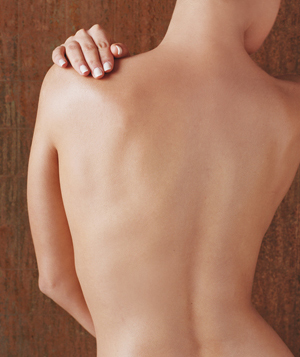Pilates exercises in scoliosis and kyphosis

What is Pilates?
Pilates is a synthetic method of breath and balance movements developed by Joseph H. Pilates in the beginning of the 20th century. He himself called the system “contrology”. It includes over 500 exercises that are aimed to grow and strengthen the muscles.
Pilates is primarily based on empowering and stabilizing the core of the human body. Pilates can be practiced in different levels from basic to advanced.
What are the principles of Pilates?
The core of human body is composed of deep and superficial muscles around the lumbar vertebrae. Pilates exercises can work these muscles as no other exercise could. Thus it makes the spine more stabilized, balanced and flexible.
Classical exercises cause weak muscles to get weaker and strong muscles to get stronger. They can create an unbalanced muscular structure, low back pains and disabilities. However, Pilates exercises work all of the muscles in balance and harmony unlike weight training. Thus it allows weak muscles to extend, and to get stronger and more flexible without growing bigger. The body becomes more balanced and durable.
How frequently should one do Pilates exercises?
We suggest doing twice a week. It is an exercise that fights with gravity. It prevents the body from sagging. So we may consider Pilates as an anti-aging exercise.
What changes occur in the body of those who do Pilates?
The body of those who do Pilates is quite noticeable from these aspects:
- Strong, flexible and durable
- Good posture
- Slim
- Long and strong muscles
- Flat belly with developed muscles
- Fit, energetic and lively
- More balanced and coordinated movements
- Difficult to get injured
For which spinal problems is Pilates helpful?
People who work in desk jobs (like managers and bankers) develop postural kyphosis due to bending their spine forward. Kyphosis can also occur congenitally or due to spinal fractures based on bone loss in older patients. Pilates is used for many years for the purpose of decreasing kyphosis or preventing it from advancing.
Another spinal problem where we suggest Pilates is scoliosis. Scoliosis is disease characterized by a lateral deviation of the spine. Pilates exercises are chosen by scoliosis patients as well. Scoliosis patients can utilize Pilates for two purposes. First purpose is to stop the disease from advancing and to correct the deviation in adolescent patients. Second purpose is to increase the spine’s flexibility and to correct the posture in adult patients. Thus, the development of any coexisting diseases like myofascial pain syndrome or spinal arthritis is prevented.
Can every Pilates trainer coach for scoliosis exercises?
Scoliosis treatment should be performed by a spinal surgeon experienced in scoliosis. This is no different for us, Pilates trainers. There are Pilates trainers like me who specialize in Scoliosis Pilates. But the trainers should work in coordination with the doctors since they are training patients. They must exchange opinions with spinal surgeons before the exercises and during monitoring. I am working with some of the prominent spinal surgeons in our country for a long time. We have achieved in a lot of patients betterment and decreasing angles in measurements of both scoliosis and kyphosis. This angular change (correction) was particularly significant in young patients.








